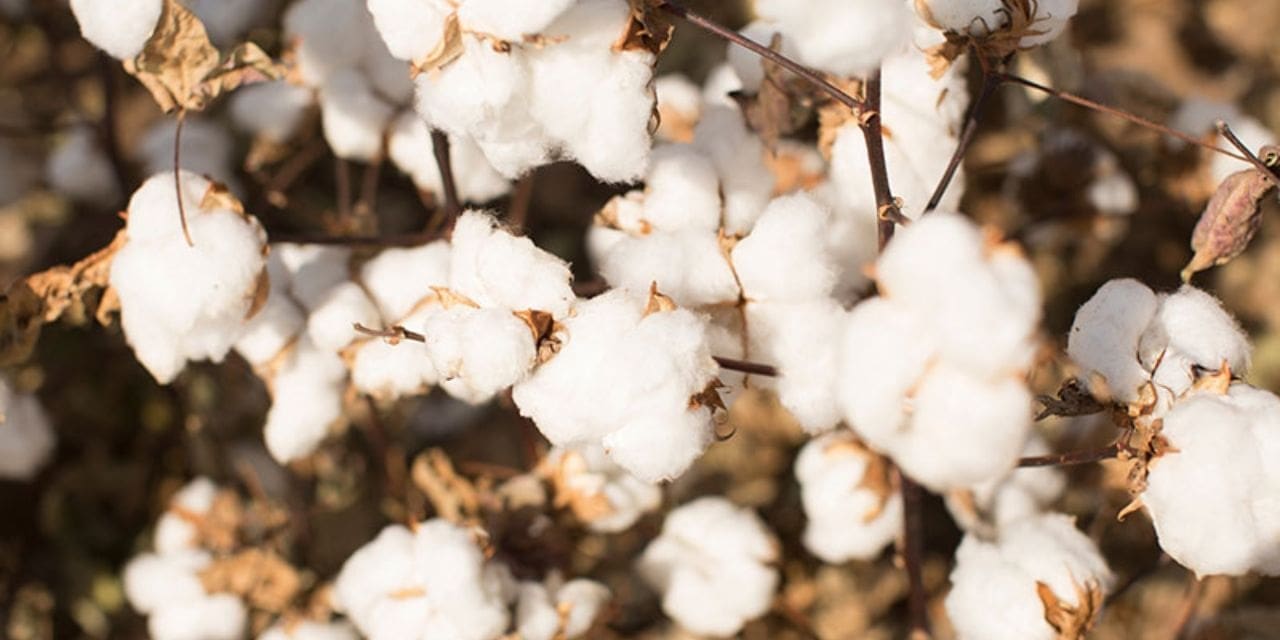The Australian Cotton Industry is forecasting a 2023 crop outcome that has the potential to again be over 5 million bales despite the impacts of cooler than expected weather, and the heavy rain and floods that damaged farms and infrastructure while preventing or delaying planting.
Coming off a record 2022 crop of 5.6million bales, farmers were confident that water availability and other favourable conditions would contribute to another bumper crop in 2023 however by late October, NSW had experienced one of its wettest years on record.
Cotton Australia CEO Adam Kay said many farmers suffered extensive damage to infrastructure and winter crops, but some positive signs are emerging.
“Our thoughts go out to all those impacted by the floods, and some will be facing a long recovery, however many other regions are reporting better than expected outcomes and we are predicting a crop of around 5 million bales for 2023.”
The Australian Bureau of Agricultural and Resources Economics and Sciences (ABARES) is forecasting a 22/23 gross value of cotton production at around $3.4 billion with expectations that exports will reach a value of $5.1 billion because of prior shipping delays for the 2022 crop.
ABARES points to softening demand for cotton lint that led to a significant decrease in world cotton prices in the second half of 2022, however further significant price downgrades are not expected.
Their December quarter Agricultural Commodities Report highlights inflation, increasing interest rates and fears of an economic slowdown in the US and EU as factors that will have an impact on discretionary spending including clothing.
Mr Kay noted the report’s commentary on the expected end to the wet La Niña conditions allowing for a timely harvest, ginning and export of the 2022–23 crop combined with an easing of international container constraints.
“One of the highlights in the report is recognition of the increasing demand globally for ‘fibre sustainability accreditation’ with an increasing number of major brands demanding sustainability in the cotton they use.
“Better Cotton is in demand globally, and as members, our certified myBMP cotton more than meets the standards of sustainability and accountability required by Better Cotton.”
While acknowledging volatility may continue until economies stabilise and consumer confidence improves, Mr Kay said demand continues for quality Australian cotton, and prices may increase.
The ABARES report suggests the 20% crop decrease in the US combined with low stock levels means ‘buyers will be looking to other premium cotton producers to cover inventories until the next cotton season. This may improve Australian cotton prices over the coming months.’
The ABARES statistics can be found via the following link: Agricultural commodities and trade data – DAFF (agriculture.gov.au)

